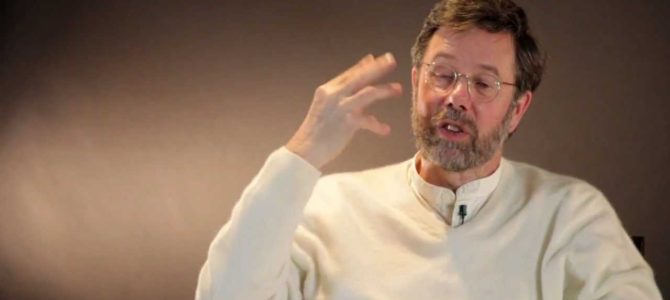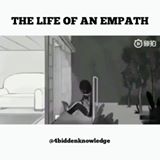Do we need Religion? At this time on our planet, a small number of individuals with a higher consciousness, and control over their own ego, and animal instincts, are able to stay connected and have the discipline to do the…
Do we need Religion?


Do we need Religion? At this time on our planet, a small number of individuals with a higher consciousness, and control over their own ego, and animal instincts, are able to stay connected and have the discipline to do the…


If you are not happy being single, you will not be happy in a relationship By Firoozeh Bowden, January 2019 Now that we have started a new year I would like to share something with my frustrated single friends…
Sacred Dreams “I release my parents from the feeling that they have already failed me. I release my children from the need to bring pride to me; that they may write their own ways according to their hearts, that whisper…

6 Tricks To Shift Your Mental Focus From Negative To Positive By Staff Contributor Even if you’re not directly affected by external negative forces, your past programming may catch you off guard. A positive mind helps raise your vibration. Having a…

The life of an Empath, and how to protect yourself, if you are one. The only way Empaths can protect themselves from darkness, is to always stay connected to the inexhaustible Divine source of Light and Energy. When we embody…